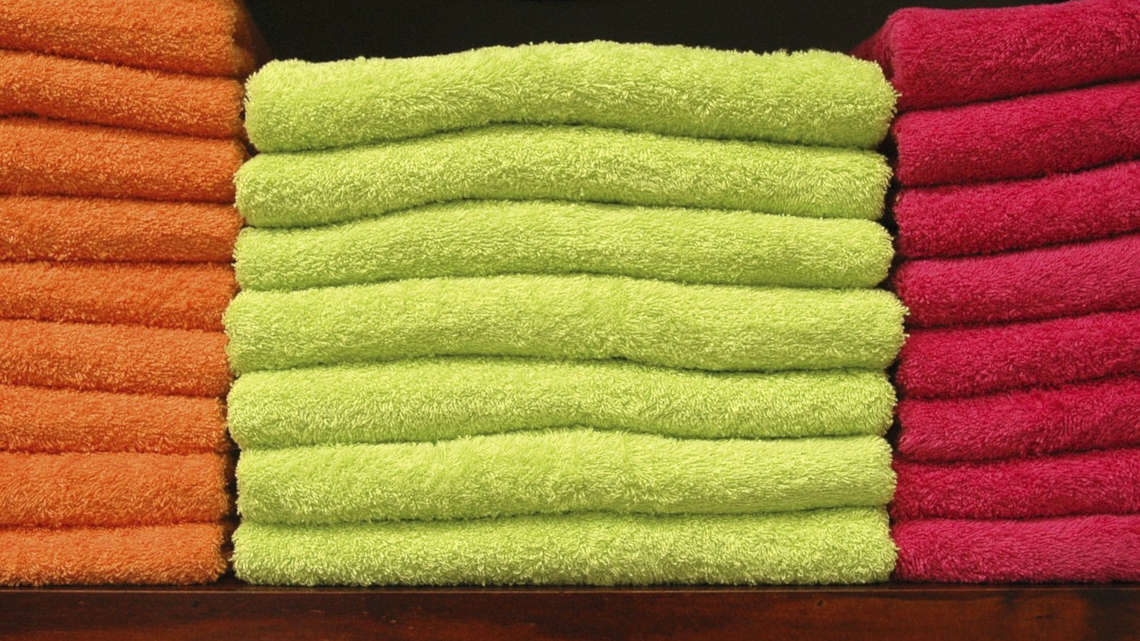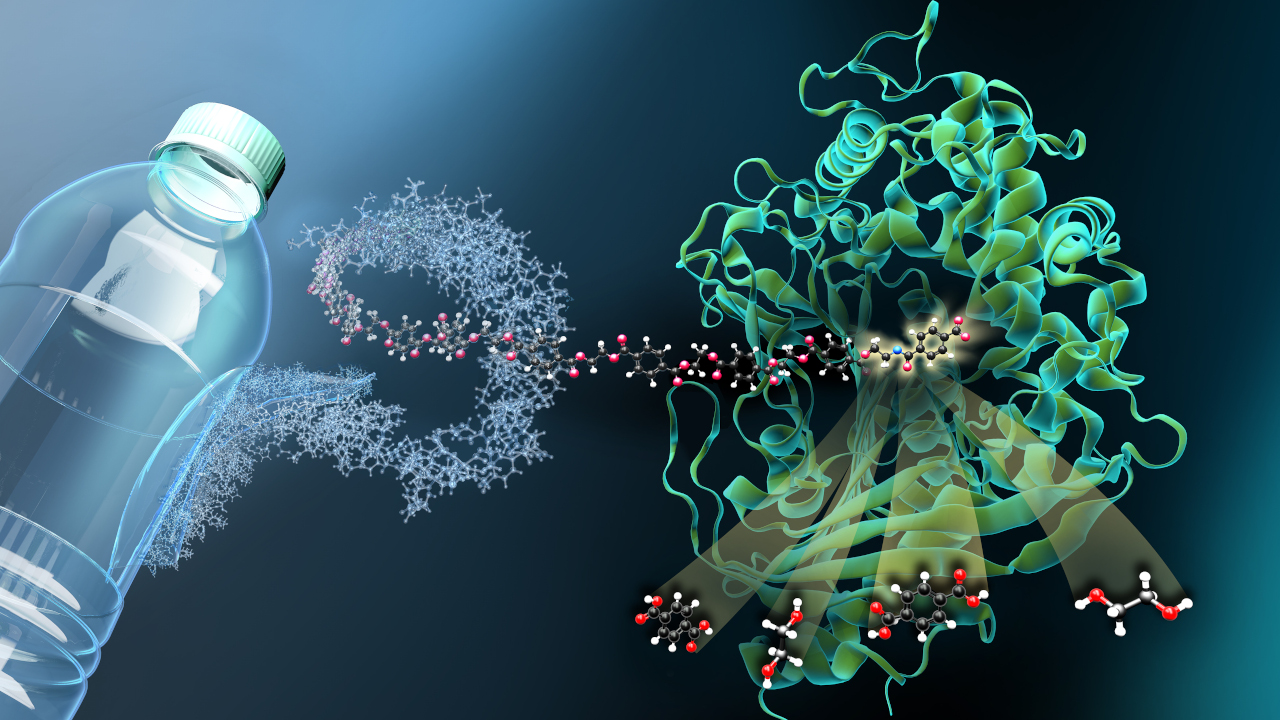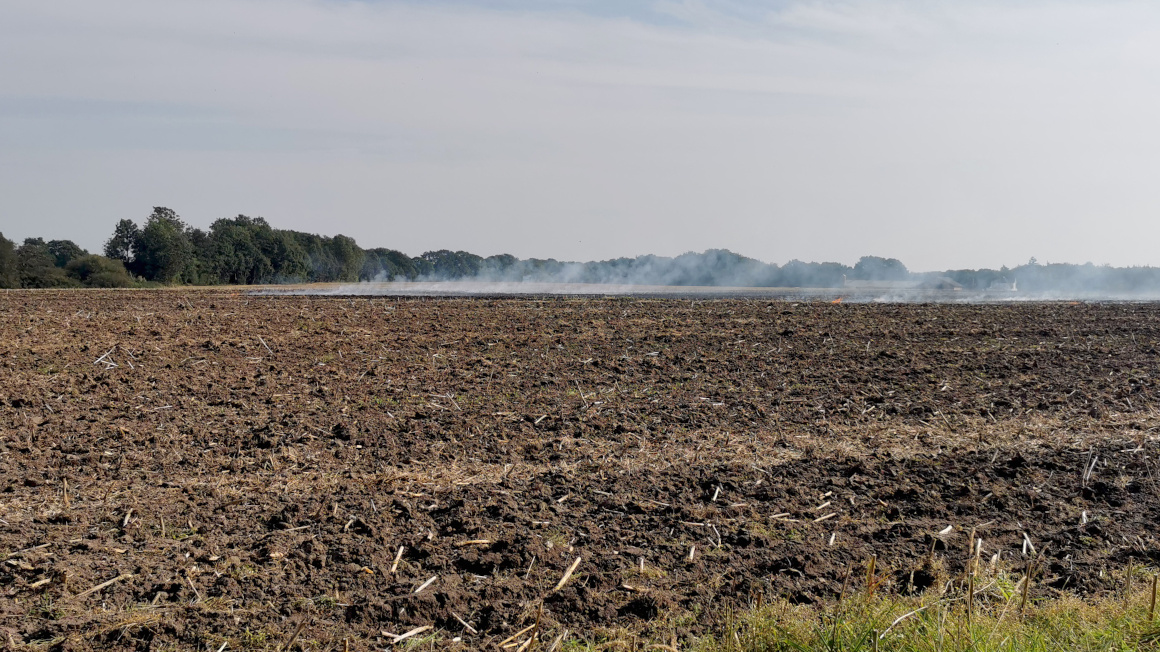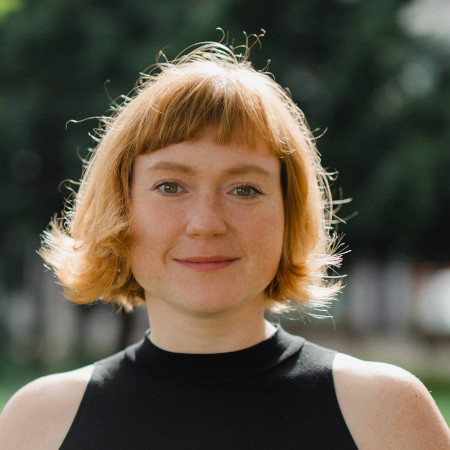New textiles from old fibers
In the DiTex pilot project, a research team is focusing on recycling fabric fibers and on intelligent labels.

On average, each German buys around 60 items of clothing a year - not counting underwear. Conventional production of one kilogram of cotton consumes up to 10,000 liters of water. The high water consumption is one of many reasons why the textile industry is considering a recycling economy. So far, however, with the exception of some synthetic fibers, textiles have been based exclusively on virgin fibers. The pilot project "DiTex" is now taking the first steps towards commercial fiber recycling.
Downcycling prevailing so far
An essential approach of the Institute for Ecological Economy Research (IÖW) and its partners is that the recycled fibers should have the same quality as the original fibers. "At the end of their life cycle, textiles have so far often been disposed of or used as low-value products such as cleaning cloths or insulating materials. The raw materials contained, such as cotton fibers, are thus lost to the textile industry," explains project manager Ria Müller from IÖW.
Intelligent label for recycling management
Uniform substances with a known composition are an important prerequisite for this. These are given, for example, in uniforms, in health care and in gastronomy. This is why the textile companies involved in the project, Wilhelm Weishäupl from Munich and Dibella from Bocholt in Münsterland, are starting their one-year pilot project with hospitals and restaurant chains, supplying them with product lines made of recycled fibers. These textiles are provided with an "intelligent label" from the Berlin start-up circular.fashion. In addition to information on the composition of the fibers, the label also contains information on the resource cycle: "When a laundry sorts out a piece of textile at the end of its life, for example, this label can also be used to identify the recycling company to which it can send this material for further processing," explains textile expert Müller.
Loaned textiles for high recycling rates
The participating research institutions are preparing analyses of the quality, resource and sustainability effects of the recycled textiles. This also includes life cycle assessments over the entire life cycle in order to be able to compare recycled textiles with products made from virgin fibres. Last but not least, the researchers are investigating the profitability of the textile recycling industry. If the trial proves successful, a broader range will be offered commercially. One model is loan textiles, which would enable the manufacturer to achieve a particularly high recycling rate.
The DiTex project is funded by the Federal Ministry of Education and Research as a research and development project on "Resource-efficient recycling management - innovative product cycles" within the framework programme Research for Sustainable Development - FONA3 until 2022.
bl/um


